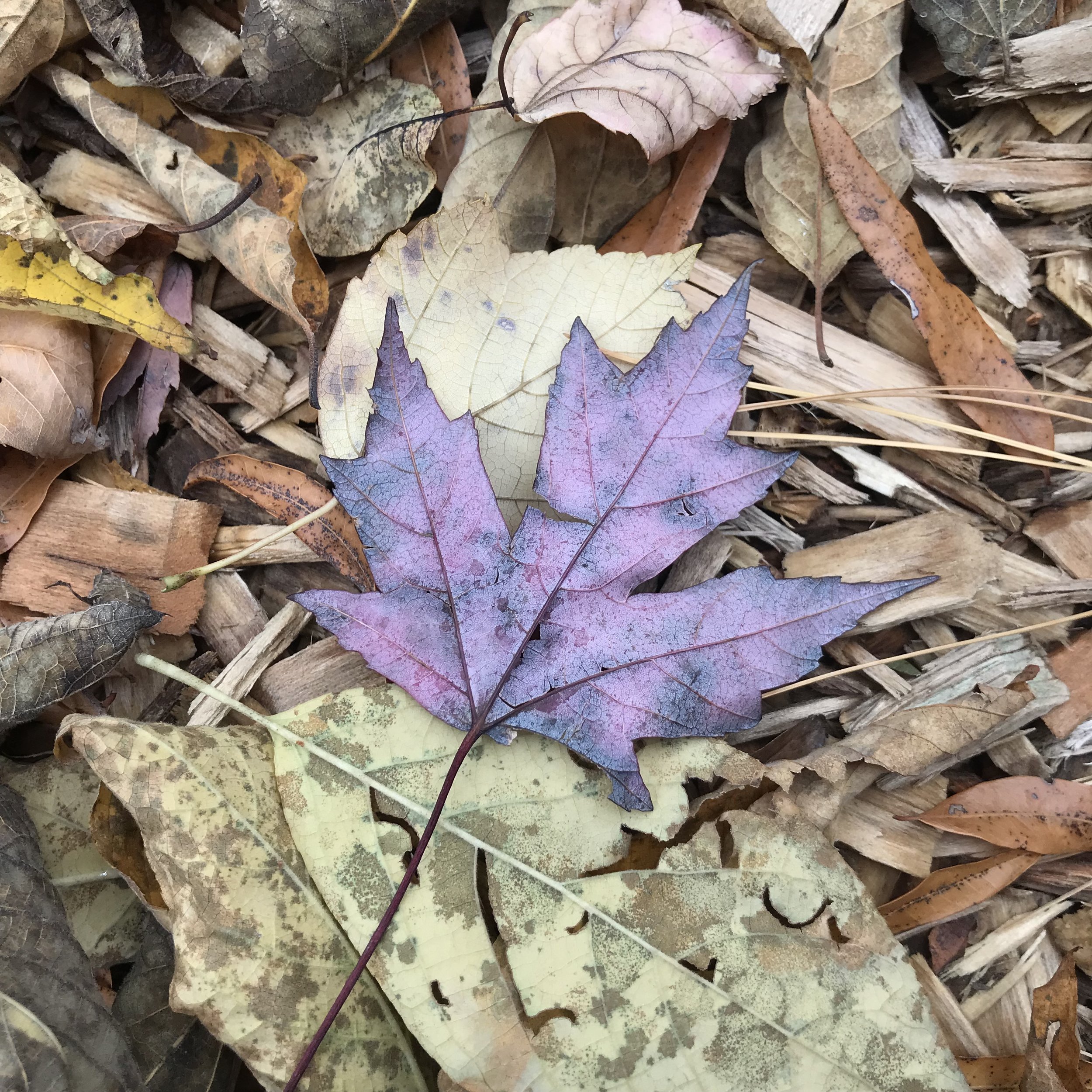Here you will find more examples of my design work (w/commentary), as well as some of my plant & insect photography.
There is often a tendency to over-plant, and this example demonstrates that a display needn’t be crowded at the time of installation. Well-chosen plants will knit together into a satisfactory result by midsummer.
Given that an annual design must grow into itself over several months, I will usually plant certain portions that provide early-season interest, but will be covered up by late summer. This keeps the display dynamic & interesting.
This naturalistic design, situated in blazing sun and surrounded by concrete, established very quickly. Featured here are “Fashionably Early Flamingo” Phlox, “Tiger’s Eye” Sumac, Lavender, Culver’s Root, & “Paprika” yarrow.
My pollinator design for the Blue Grass Community Foundation is situated along the short walk between Woodland Park and the Kentucky Native Café. This photo features the beautiful ruddiness of Autumn.
"Party Lights" Osmanthus was a fast favorite, but they were quickly replaced by "Goshiki" in routine commerce. I always wonder how newer cultivars will fare over time, but it’s always worth the risk to pursue unique effects.
Liatris spicata (Blazing Star). Architectural, odd, unpredictable, and a nectar source for monarchs.
Reduviidae on Lobelia cardinalis.
Spent Allium & Papyrus, still capable of high drama.
Wild-caught, pie-destined, ombré mulberry magic.
Narcissus / Chaenomeles
Sicilian Honey Garlic (or Lily, if you prefer). If you feel adventurous, nick the foliage in midsummer for a whiff.
$0.25?, or Ants + jellybeans? 50/50 odds.
Symmetry can be valuable when passersby will view a design from static angles dictated by a pedway. Much more difficult is effective asymmetry that is pleasing from several different vantage points. Here, my design provides a distinct vista from every angle, with rows of plants carrying the eye throughout distinct vignettes.
My design studio.
In this backyard retreat, we installed a dry streambed that “flows” underneath the pathway and disappears beneath an overhanging Corkscrew Hazel.
This garden features an elaborate spaceship treehouse, complete with navigation console (& a smoke machine).
Allium schubertii
Rex Begonia
A wild Fire Pink (Silene virginica)
Buttonbush (Cephalanthus occidentalis)
Dracunculus vulgaris, the Vampire Lily. Pollinated by flies. Rotting meat scent. Fun plant.
Spigelia marilandica
Stored energy, ready to burst into color.
Bee Balm (Monarda)
The Nannine Clay Wallis Arboretum in Paris, KY.
Datura metel “Ballerina”
Centaurea montana
Here I added “Red Dragon” Persicaria as a broader-leafed foil to existing slender-leaved Asclepias, Penstemon, and Liriope. The darker foliage also helps to balance the variegation & overall hot scheme.
I’ve been redeveloping this garden which was originally designed by Ezra Haggard. He featured the original plan inside the cover of one of his books. Short-lived perennials, the almost-inevitability of shadier conditions, plus competition from the spreading habit of the Hydrangeas necessitated an update.
The addition of “Hummelo” Stachys added a hint of much-needed verticality to this already colorful bed. “Sun King” Aralia was also introduced to enhance the pink of the roses.
I added purple Blazing Star to this Monarda bed, as well as chartreuse pineapple sage to supplement the “Mellow Yellow” Spirea. The backdrop of russet & hunter green Magnolia foliage offsets the bright color scheme.
Here, there was no need to disturb the well-situated Phlox, Cardinal flower, Bluestar, & Allspice, so I added upright Sedum, Joe Pye Weed, & Spiderwort. Mountain mint makes this area a pollinator hotspot.
While planting this weeping maple, two white azaleas were discovered hidden in the tangle of an overgrown 5-leaf Aralia. Their presence inspired the rest of the palette.
My gardening lineage. Grandmother Eunice & Father Bobby.
Portrait by Shaena Neal (ShaenaNeal.com)







































































